When developing bots at OVO we aim to reduce the feedback loop as much as possible, as a short feedback loop means we can adapt to customer feedback more quickly. However, to ensure quality is maintained (even increased) we leverage automation as much as possible. In this article, I'll explain the automation pipeline I've created that achieves this...

The automated pipeline, known formally as a CI/CD pipeline is triggered against every change and will:
1. Automatically deploy the bot and its dependencies to test environments
2. Run a suite of automated tests to assert the behaviour of the new functionality, and catch any regressions in existing functionality
3. Enforce that tests pass and changes are peer-reviewed before being able to progress
4. Once approved it automatically deploys changes to a User Acceptance Testing (UAT) environment
5. Notifies a QA Engineer to perform exploratory testing
6. Once approved by a QA Engineer then automatically deploy changes to production
The more obvious benefits of this are:
- Reducing the feedback loop from hours/days to seconds/minutes
- Deployments of bots and their dependencies that are identical across environments. If it works in UAT, it will work in Prod.
- Assurance of quality through automated tests. Every change, no matter how small is subjected to over 40 end-to-end
tests - and since they are run concurrently they take less than 2 mins
Implementation
Let's break down the pipeline and examine each part of it...
Source-control
All the flows, bots, dependencies, tests, and even the definition of the pipeline itself live in source-control - which for OVO is GitHub. This git repository forms the source of truth.
When an update or revert occurs against anything in the repository then it is tracked (by virtue of it being in source-control) and the automated pipeline is triggered. Only when all the pipeline's checks pass will the change make its way to production.
Pipeline

The pipeline is defined in the human-readable language YAML and is executed by CircleCI. It defines what each step does and the order they do it.
# Job definitions redacted
workflows:
development:
jobs:
- terraform-autoapply-dev:
filters: *ignore-main-branch
context:
- aws-dev
- genesys-dev
- test-web-messaging:
filters: *ignore-main-branch
requires:
- terraform-autoapply-dev
- test-ivr-flow:
filters: *ignore-main-branch
requires:
- terraform-autoapply-dev
main:
jobs:
- terraform-autoapply-uat:
filters: *only-main-branch
context:
- aws-uat
- genesys-uat
- manual-testing:
type: approval
requires:
- terraform-autoapply-uat
- terraform-apply-prod:
filters: *only-main-branch
context:
- aws-prod
- genesys-prod
requires:
- manual-testing
Deploy using Terraform

Terraform offers a way to declaratively define resources that you want it to deploy. This way you know that the deployments will always match what is in source-control.
Since many providers support Terraform we can define everything in one place; from bots, flows, data-actions to their backend services. Here's an example of a Terraform definition:
resource "genesyscloud_integration_action" "create_survery_data_action" {
# Prevent any change that creates a new UUID
lifecycle {
prevent_destroy = true
}
name = "Create Survey (created via Terraform)"
category = "Web Services Data Actions"
integration_id = var.integration_id
secure = false
config_request {
// ...
}
config_response {
// ...
}
contract_input = <<DEFINITION
// ...
DEFINITION
contract_output = <<DEFINITION
// ...
DEFINITION
}
resource "genesyscloud_flow" "flow" {
filepath = var.flow_file
file_content_hash = filesha256(var.flow_file)
substitutions = {
flow_name = "${var.flow_name} - (created via Terraform)"
flow_division = var.flow_division
data_action_name = genesyscloud_integration_action.create_survery_data_action.name
}
}
data "genesyscloud_webdeployments_configuration" "config" {
name = var.web_deployments_configuration
}
resource "genesyscloud_webdeployments_deployment" "survey_deployment" {
name = "Survey - (created via Terraform)"
flow_id = genesyscloud_flow.flow.id
allow_all_domains = true
configuration {
id = data.genesyscloud_webdeployments_configuration.config.id
version = data.genesyscloud_webdeployments_configuration.config.version
}
}
Automated testing

The tools we use at OVO to automate the testing of bots are written by me, and as such are open-source:
- Web Messenger Tester for testing Inbound Message flows via a Web Messenger Deployment
- Since the WhatsApp integration uses Incoming Message Flows it means we can also test WhatsApp-specific bots with this tool
- IVR Tester for testing IVR flows
- This can test our IVR-based bots flows by impersonating a customer calling OVO, interpreting what it hears, and responding accordingly to traverse the journey. Any unexpected response is flagged
Both tools define their tests in files that can be stored alongside the bots in source-control and act as living documentation:
scenarios:
"Customer asked to score experience if they say yes":
- say: Thank you, bye
- waitForReplyContaining: Before you go could you answer a quick survey?
- say: yes
- waitForReplyContaining: Overall, how satisfied or dissatisfied are you with our company?
- say: "10"
- waitForReplyContaining: We thank you for your time spent taking this survey. Your response has been recorded.
"Conversation ended if they say no":
- say: Thank you, bye
- waitForReplyContaining: Before you go could you answer a quick survey?
- say: no
- waitForReplyContaining: We hope you have a nice day, goodbye
Conclusion
This has been a whistle-stop tour of the pipeline and the benefits it brought us. Hopefully, it has provided enough information for you to get started with your own pipelines.
This article on automating development of Genesys chat bots was originally written for my personal blog, where I'll be writing more articles of this nature. If you have any suggestions on how I can improve it, or my writing then please let me know @SketchingDev, or leave a comment.


